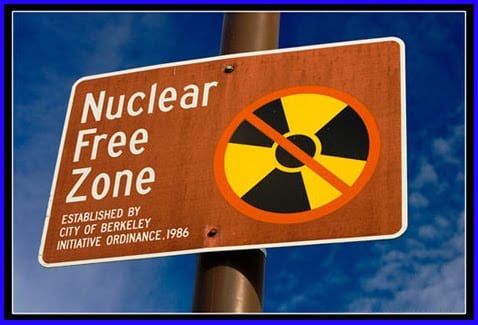Investors working with utilities are making clear and clean choices for meeting our energy needs. Two big announcements show wind and energy efficiency are financeable and attractive, and new small nuclear reactors are not. Recently MidAmerican Energy chose to add more wind energy to its supply, dump a “modular” nuclear plant proposal, and decline to follow the trend toward burning natural gas. Meanwhile, today Seattle City Light announced a purchase of energy from a commercial energy efficiency developer, demonstrating a power-purchase approach to fund investments in energy conservation that won’t disrupt a utility company’s financial health.
With Warren Buffet behind the wind decision, (MidAmerican is a subsidiary of Buffet’s Berkshire Hathaway), and a new financial model possibly cracking the nut on building owner and utility ambivalence about deep energy retrofits for commercial buildings, these are important developments.
To summarise what just happened:
- The best-known investor in the utility arena is raising its stake in wind in Iowa $1.9 billion, adding 1,050 megawatts of wind generation to bring MidAmerican’s total wind generation capacity in Iowa by year-end 2015 to 3,335 megawatts, without raising rates. MidAmerican was the #1 utility owner of windpower in America in 2012.
- MidAmerican is cancelling its pursuit of new small modular nuclear power options and refunding $8.8 million it was allowed to collect from ratepayers. Company stated that the lack of certainty about the technology from potential manufactures hurt further investment. MidAmerican also stated that it sees risks with more natural gas impacting the global climate, and uncertain costs that will fall on greenhouse gas sources.
- Seattle City Light, the 10th largest public power system, is contracting with a new firm, EnergyRM, for energy from making commercialbuildings more efficient. The new approach can overcome the greatest obstacles to investing in energy efficiency in tenant-occupied buildings. The investor will own the energy savings, and pay rent to the building owner. The utility will buy the energy savings in a Power Purchase Agreement (PPA), the same sort of contract used by independent power plants to sell electricty to utilities.
These are important deals, as they demonstrate what choices we have for getting off fossil fuels for electric power. Iowa has championed large-scale windfarms since 1983, creating a model for renewable electricity standards. Iowa has demonstrated how to ramp up renewables, and already uses wind for 25 percent of the electricity supply. The new announcement will put the state at about 30percent windpower. MidAmerican apparently doesn’t see a problem with that level of wind, and has no plans to raise consumer rates as it increases its own supply of windpower.
On the conservation front, the Seattle deal addresses the basic objection by utilities to improving efficiency and customers needing less energy. Solving this objection with a better contracting approach opens a huge potential for meeting climate and energy goals.Commercial buildings use roughly one-third of the electricity in the U.S. I wrote recently how the goal of a utility company to increase sales volume is in conflict with state policies for conservation and customer-owned renewables. The utility lobby group Edison Electric Institute has declared these popular policies for reducing climate-harming emissions look like a death spiral to utilities because they reduce utility revenues.
The deal piloted in Seattle uses a PPA for Metered Energy Efficiency. This is one of are several innovations that the utilities have to be happy about. In the PPA-style approach, the utility pays the developer for value of the delivered savings, and the building owner and utility customer continue to pay the utility the same amount for retail electric service. This is a change from the usual scenario where the utility revenues decline from efficiency investments. This is similar to a Feed-In Tariff or the Value of Solar approach to rooftop solar pioneered by Austin Energy. To make this work for the building owner, they get payments from the investor, who is acting like a new tenant that is renting the walls, windows and pipes to make them more efficient.
These solutions clear the way for private investment in clean energy, reduce our use of fossil fuel, and keep the utility industry healthy despite the changes and challenges. Innovations that support new investment in our existing buildings, and capture clean energy available from farmers make sense. The news this week is, these also make dollars. Your state utility commission should hear about these choices. The consumer is better off with wind and efficiency investments than with the uncertainties of natural gas or nuclear. Let them know.
Michael Jacobs is a senior energy analyst with expertise in electricity markets, transmission and renewables integration work.
This article was originally published on the Union of Concerned Scientists blog, The Equation. Reproduced with permission










